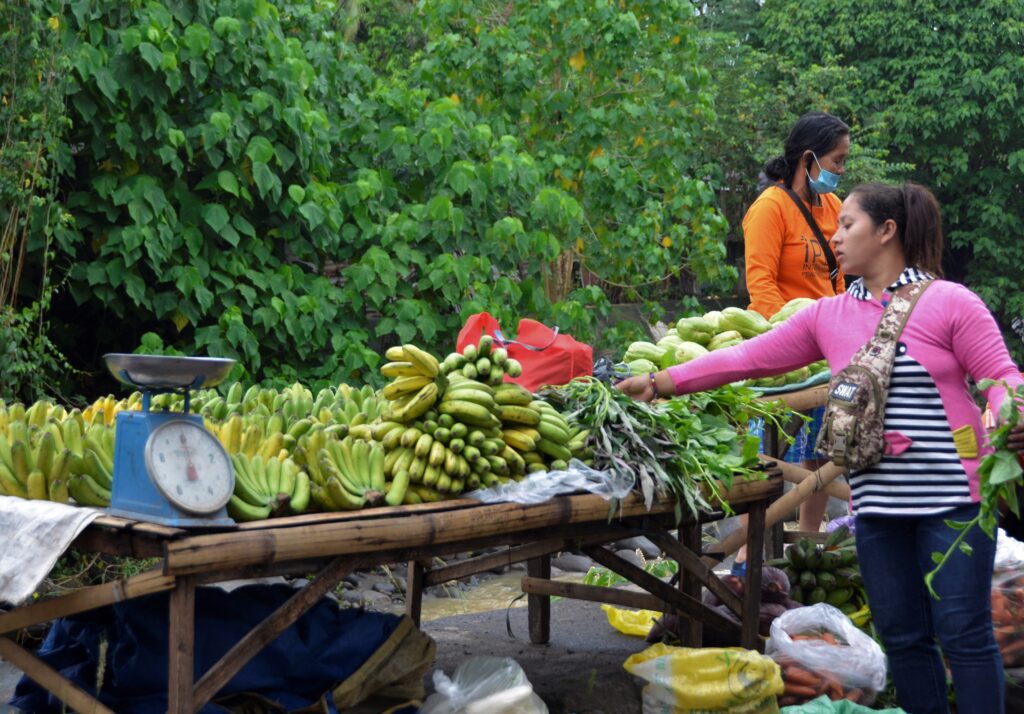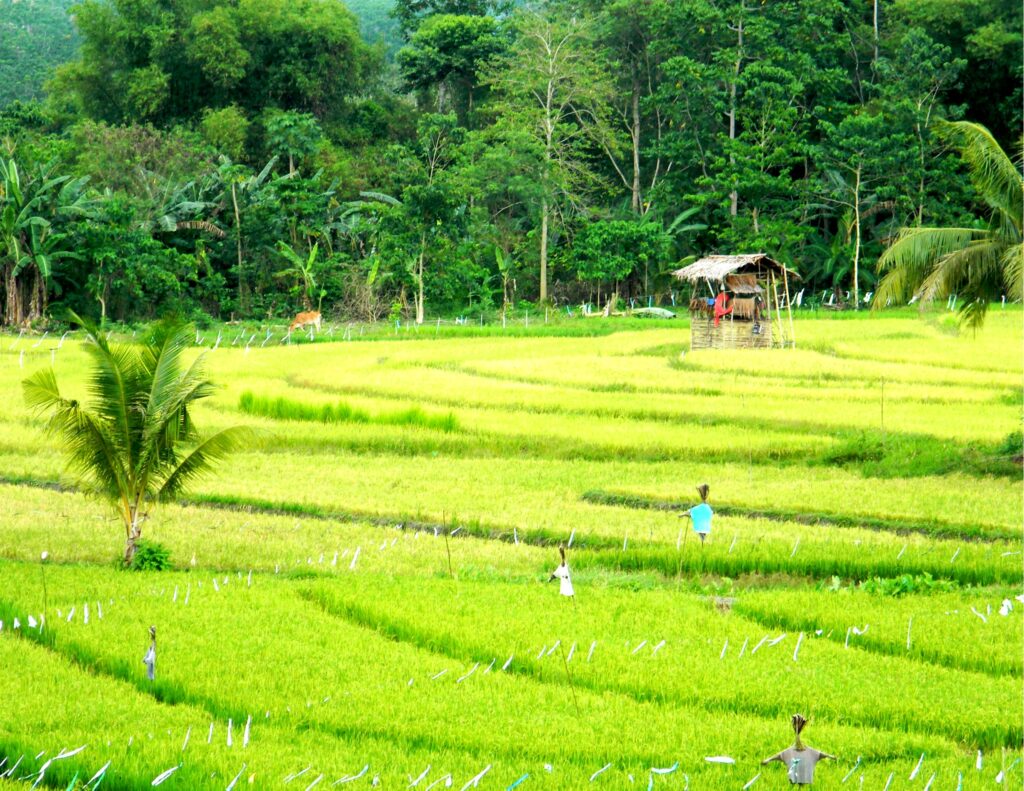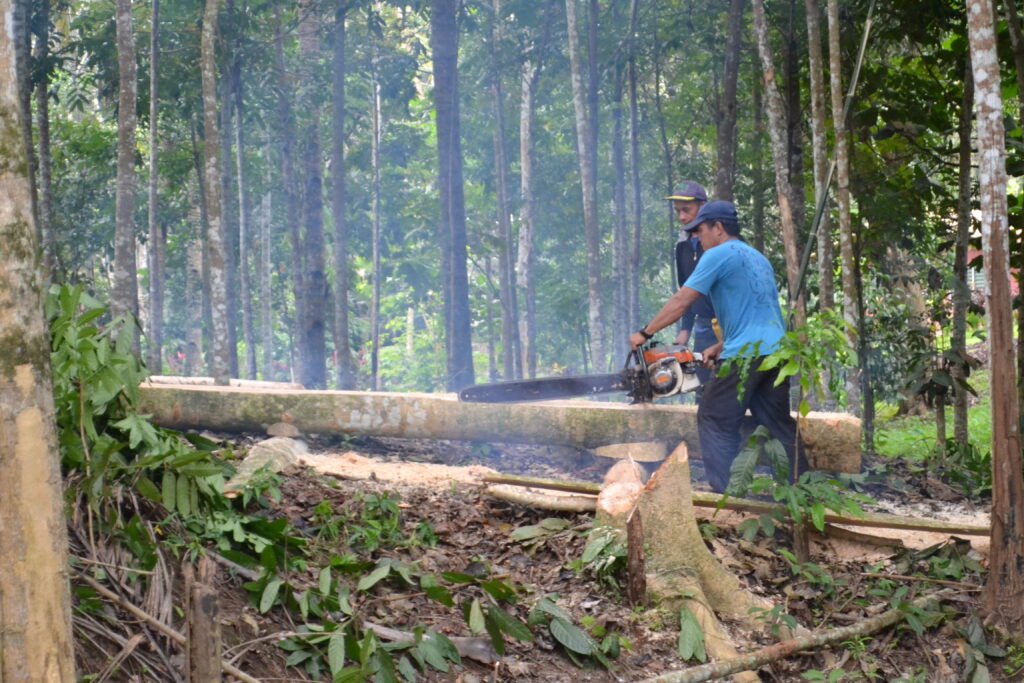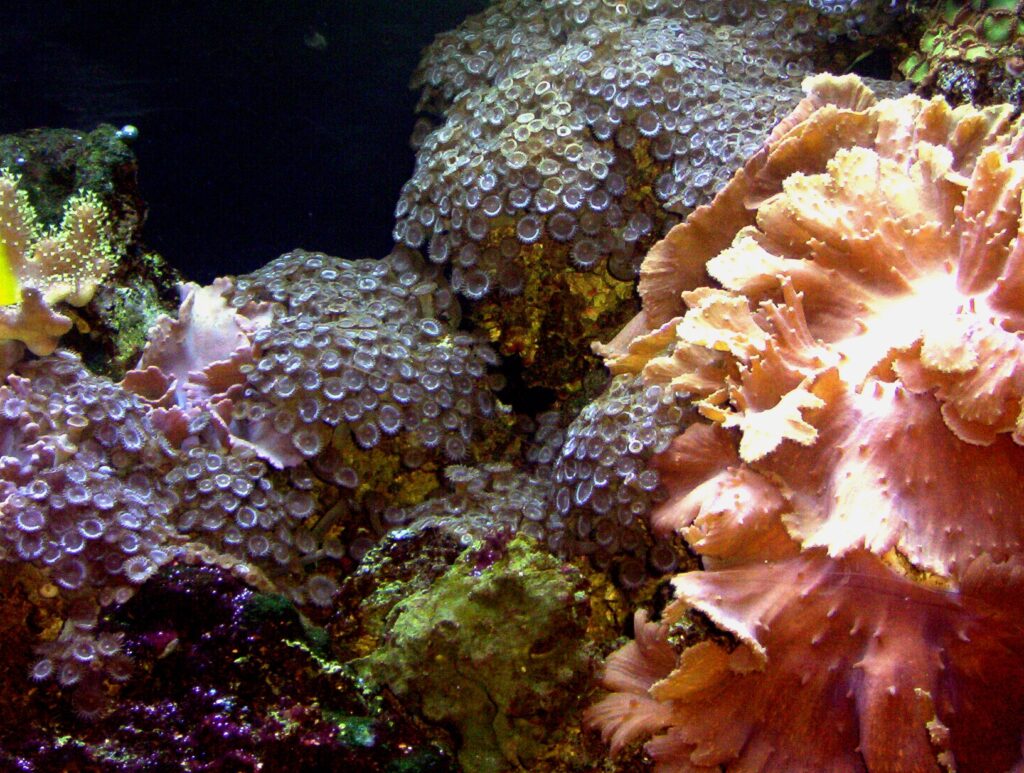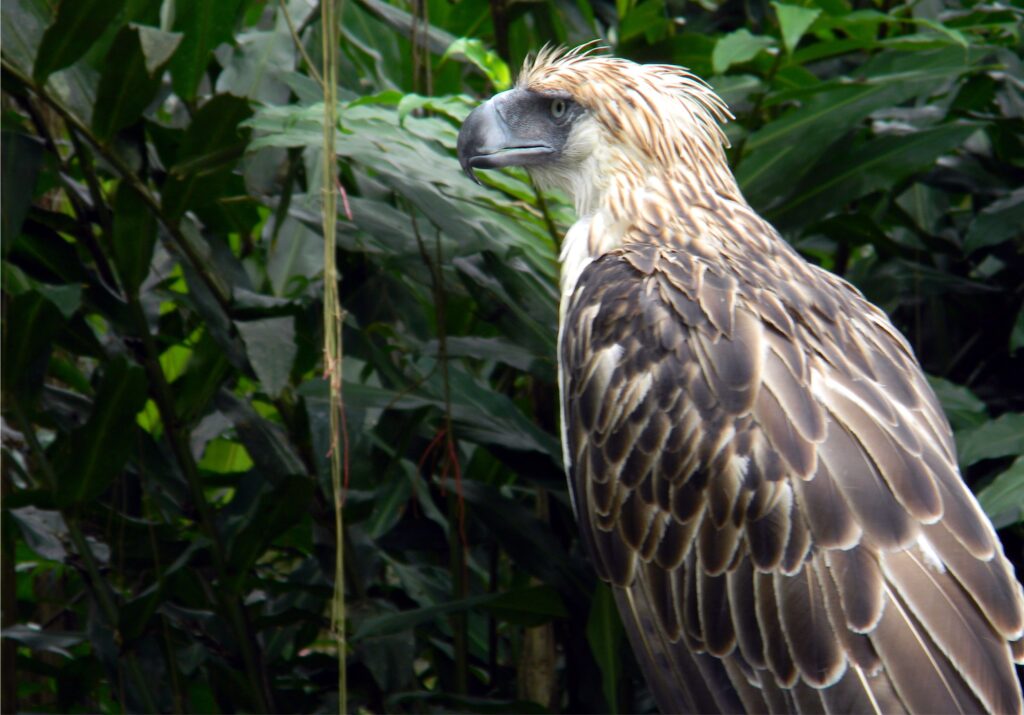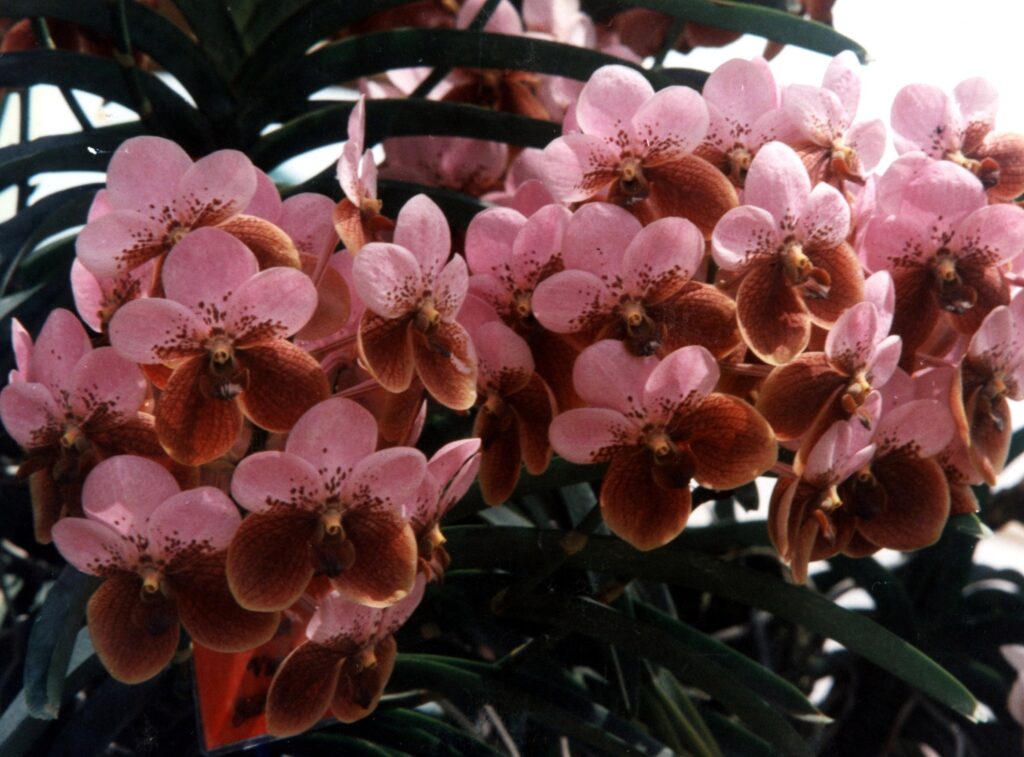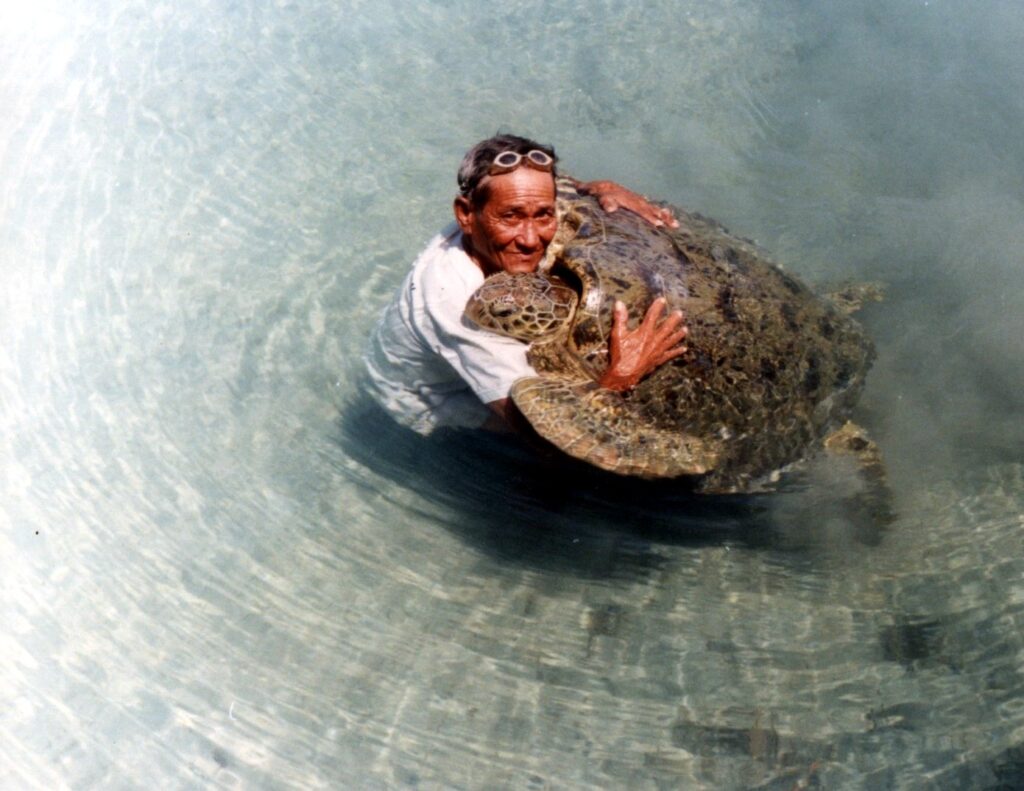Text and Photos by Henrylito D. Tacio
In June 1995, the French government announced it would carry out eight final underground nuclear bomb tests at Moruroa atoll in South Pacific before ratifying the UN’s comprehensive nuclear test ban treaty. The announcement provoked a storm of protest around the world.
In the Philippines, a nuclear power plant was built in Morong, Bataan, about 100 kilometers west of Manila in response to the 1973 oil crisis. Although it was completed in 1984, it was never fueled. When Corazon Aquino became the president, she decided not to operate the plant. Among the considerations taken were the strong opposition from Bataan residents and most Filipinos as well as concern over the integrity of the construction.
When it comes to anything connected with nuclear things, Filipinos are almost always against it. But one subject matter that doesn’t seem to interest Filipinos is that of biodiversity (a combination of two words, biological diversity). Essentially, the term refers to the wealth of the living world – the millions of plants, animals, microorganisms that live on this planet, the genes they contain and the intricate and often delicate ecosystems they form.
Unknowingly, biodiversity is declining at an “unprecedented and alarming rate,” and the pressures are intensifying, deplored United Nations Secretary-General Antonio Guterres.
In the United States, the situation has alarmed a group of distinguished biologists. In fact, they called the species extinction crisis “a threat to civilization second only to the threat of nuclear war.”
On the verge of extinction
According to Guterres, one million species are at risk of extinction. “Ecosystems are disappearing before our eyes, deserts are spreading, and wetlands are being lost,” he pointed out.
Every year, 10 million hectares of forests are lost, oceans are overfished and “chocking with plastic waste” as the carbon dioxide they absorb is acidifying the seas, bleaching and killing coral reefs. “We are depleting resources faster than the nature can replenish them,” the UN chief said.
Elizabeth Maruma Mrema, executive secretary of the Convention on Biological Diversity (CBD), summed up the current situation in these words: “Diversity of life on the planet is declining more than ever before in human history; plant and animal species face extinction and humans are overusing the Earth’s capacity by more than half.”
This is alarming, indeed. “Of all the global problems that confront us, species extinction is one that is moving the most rapidly and the one that will have the most serious consequences,” contends Dr. Peter Raven, a noted American biologist.
Unlike other global ecological problems, Dr. Raven stressed, the crisis is completely irreversible. “Extinction is forever,” stresses the UN Food and Agriculture Organization (FAO).
The usual culprits
The UN food agency admits that the loss of species is not new. It cites the fate of the dinosaurs. “The disappearance of species in past eras has occurred by virtue of natural processes,” FAO says.
Habitat conversion and degradation, overexploitation, introduction of exotics, and creation of monocultures. These are the immediate causes behind the loss of biodiversity, FAO says. “In most instances, these causes often occur in combination,” it adds.
Professor Norman Myers, a consultant to several UN agencies, believes the biggest threat comes from deforestation. “Some people will argue that if we lost a number of insects yesterday, and the sun still came up today, does it truly matter?” he asked. “They might like to consider the oil-palm plantations of Malaysia. Until some years ago, the pollination of millions of oil-palm trees had to be done by hand, an inefficient and expensive way of performing the task.
“One day, the plantations’ owners asked themselves how the oil-palm got itself pollinated in its native habitat of Cameroon’s forests, in West Africa. So, researchers went off to Cameroon, where they found the job was undertaken by a tiny weevil. Stocks of the weevil were taken back to Malaysia, where they were released into the plantation. The pollination is now entirely accomplished by the weevil…”
Myers shared this note: “There was no problem of ecological complications with other species, since it was known that the weevil confined its attention to the oil-palm alone.”
Importance
“Human beings could not exist without the abundance and diversity of nature: all our food, and many of our industrial materials and medicines are provided by plants, animals and microorganisms,” explains the World Wide Fund for Nature (WWF) in its brochure on biodiversity.
“Animals supply meat, leather and insulin. Plants give us rubber, timber, and cotton, and are used to manufacture such diverse items as glue, soaps, photographic film, and plastics. Antibiotics like penicillin and tetracycline are derived from microorganisms, while chemicals from an Amazon liana are used to treat multiple sclerosis and Parkinson’s disease,” WWF reminds.
Human beings also rely heavily on there being a variety of ecosystems, many of which fulfil important environmental functions. Forests, for instance, help prevent soil erosion being washed away by rain and rivers, safeguards against flooding, absorb carbon dioxide, and produce oxygen. On the other hand, wetlands and the life they contain help to clean water by trapping sediments, nutrients and harmful bacteria.
Genetic diversity allows different animals and plants to flourish in different conditions. The Ifugaos, for example, are well aware of the advantages of genetic diversity. They use 200 varieties of sweet potato, recognizing that each has its own individual qualities. Different varieties resist different pests and diseases, and flourish in different climates and different soils, enabling the Ifugaos to grow sweet potatoes in a wide range of environments.
The recent pandemic caused by coronavirus disease 2019 has highlighted the intimate relationship between people and nature, according to Guterres, while changes in land use and encroachment on wild habitats are the primary paths for emerging infectious diseases, such as the deadly Ebola and COVID-19 viruses.
“Three-quarters of new and emerging human infectious diseases are zoonotic,” jumping from animals to humans, and against this backdrop, the UN chief said that tackling the current COVID-19 crisis provides an opportunity to recover better.
The Philippine scenario
The Philippines, because of its many islands, has one of the world’s most unique and diverse species. Thousands of species and subspecies of flora and fauna comprise the archipelago’s wildlife resources.
According to the Biodiversity Management Bureau (BMB), a line agency of the Department of Environment and Natural Resources, the Philippines has more than 2,500 endemic flora and fauna species, excluding insects and other invertebrates.
“The Philippines has tremendous wildlife resources,” wrote Jesus B. Alvarez Jr. in a 1981 position paper. “We have unique and beautiful birds which are in great demand, both here and abroad. We also have rare interesting mammals. Most outstanding are the tamaraw and the Philippine eagle which could be placed alongside the world’s finest species.”
Unfortunately, many of the country’s endemic flora and fauna are on the verge of extinction. “A few decades ago, the wildlife of the Philippines was notable for its abundance; now, it is notable for its variety; if the present trend of destruction continues, Philippine wildlife will be notable for its absence,” commented Dr. Lee Talbot, who was once a member of the Southeast Asia Project on Wildlife Conservation of Nature and Natural Resources.
Saving biodiversity
Noted Filipino wildlife expert Dioscoro Rabor echoed the same sentiment. “It is about time that we, Filipinos, stop making ourselves internationally blind to the real status of our wildlife resources,” he said. “We should face the fact that our country is no longer rich in forests and consequently, of wildlife which used to be a normal component of our forests.”
A species is considered extinct when it is no longer found in the past 50 years. Endangered species are those that have been reduced in number to a critical level or whose habitats have been damaged, altered, or reduced.
Rare species have small world populations. Usually, they are restricted to very few habitats. At present, rare species are not considered endangered but at risk. Threatened, on the other hand, is a general term used to describe the animal or plant species which could be in the status of “endangered” and “insufficiently unknown.”
The Convention for International Trade of Endangered Species (CITES) has listed almost 50 wildlife species in the country that are rare, threatened, or endangered. Among those that are included in the list are five marine turtles, two crocodile species, the Philippine eagle, tamaraw, and dugongs.
“Once these species are gone, they are gone forever, leaving behind an imbalance in ecology and beauty difficult to determine and restore,” observed a committed Filipino environmentalist. – ###
